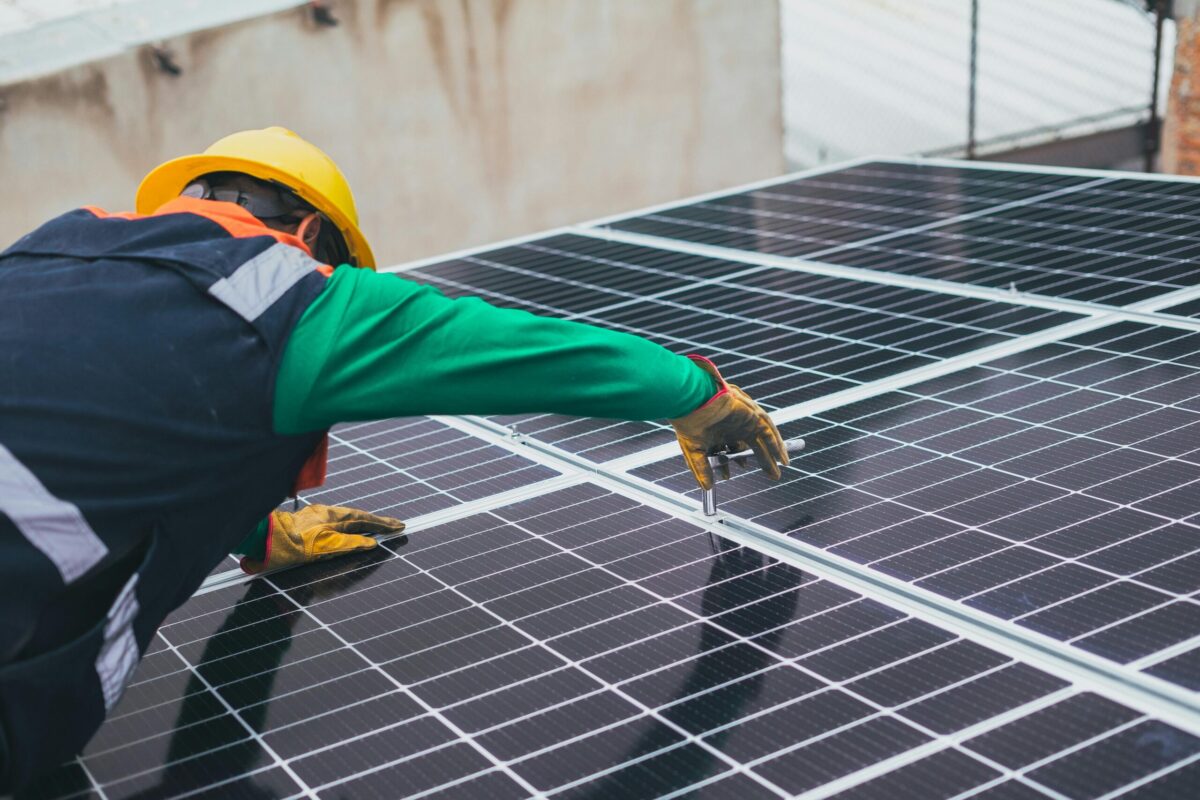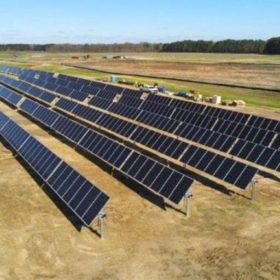The University of Richmond has announced plans to act on the power purchase agreement (PPA) that it signed with developer sPower this past summer. The university will become just the second known to pv magazine to offset its energy usage via solar generation when its 20 MW Spider Solar energy facility goes online in 2020. The project will also offset up to 60% of the University’s greenhouse gas emissions, according to the university.
While some schools like the University of Hawai’i and California colleges have made procuring 100% renewable energy a near-future goal, the University of Richmond will join Massachusetts’ Hampshire College as the only schools capable of entirely offsetting their electricity usage with solar.
Spider Solar will become one of the integral pieces in sPower’s planned 500 MW project in Spotsylvania County, roughly 50 miles North of the university. In total, the project contains four interconnected “phases,” Spider Solar (20 MW), Pleinmont Solar 1 (75 MW), Pleinmont Solar 2 (240 MW) and Highlander Solar Energy Station 1 (165 MW). According to the project application, the project would be located within 6,000 acres of cleared timber land.
“This visionary project represents an evolution in energy management and greenhouse gas reduction at the University of Richmond,” said University of Richmond Director of Sustainability Rob Andrejewski on the school’s project outline webpage. “Like many other institutions, we began with energy efficiency to reduce our impact. We added renewable energy credits and later built an on-site solar facility. This project is the next step – a leap really – in our journey. It has environmental, social, and financial benefits and demonstrates our deep commitment to stewardship.”
Due to the unprecedented size of the project, a lengthy environmental impact study was done on the proposed project site prior to the project’s approval and there were found to be no outstanding environmental concerns related to the project’s development. The project has had its anticipated initial operation date moved back slightly, from December 31, 2019, to early 2020.
At this time it has not been revealed what companies are being planned to supply the modules, racking or inverters for the phases. It is known, however, that the modules will be attached to single-axis tracking systems.
This content is protected by copyright and may not be reused. If you want to cooperate with us and would like to reuse some of our content, please contact: editors@pv-magazine.com.









By submitting this form you agree to pv magazine using your data for the purposes of publishing your comment.
Your personal data will only be disclosed or otherwise transmitted to third parties for the purposes of spam filtering or if this is necessary for technical maintenance of the website. Any other transfer to third parties will not take place unless this is justified on the basis of applicable data protection regulations or if pv magazine is legally obliged to do so.
You may revoke this consent at any time with effect for the future, in which case your personal data will be deleted immediately. Otherwise, your data will be deleted if pv magazine has processed your request or the purpose of data storage is fulfilled.
Further information on data privacy can be found in our Data Protection Policy.